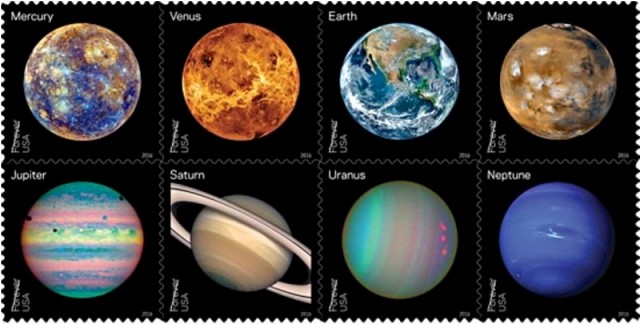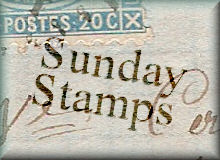And well, today's theme is 'anything you want'....so in order not to think toooo much and negotiate with myself what to pick, ill go with my favourite topic of trains :) Sorry :)
And here I have two FANTASTIC souvenir sheets I received thanks to Goran who had arranged them for me!
these s/s were both issued in 1999.
The left one depicts the Railway Station in Frankfurt with the Talent DMU train in front of it. DMU stands for Diesel Multiple Unit, which is a multiple unit train consisting of multiple carriages powered by one or more on-board diesel engines. They may also be referred to as a railcar or railmotor, depending on country. These trains have gained tremendous popularity in Europe, where they have proven their worth in passenger service on more lightly used intercity routes that wouldn’t be economical to operate using more conventional locomotive hauled trains.
The right s/s depicts the Anhalter Bahnhof, which is a former railway terminus in Berlin in Germany. In front of it a 2-8-2 German steam locomotive is presented. In a 2-8-2, the wheel arrangement of the two leading wheels is on one axle (usually in a leading truck), the eight powered and coupled driving wheels are on four axles, and the two trailing wheels are on one axle (usually in a trailing truck) This configuration of steam locomotive is most often referred to as a Mikado (frequently shortened to Mike), but it is also referred to as a MacArthur. The 2-8-2 was particularly popular in North America, but was also used in continental Europe and elsewhere. The German 2-8-2s were built in both passenger and freight types where the passenger locomotives were used mainly in a mountainous terrain.
to see what others have come up with today, click on this big button below
wishing you all a very nice weekend!



